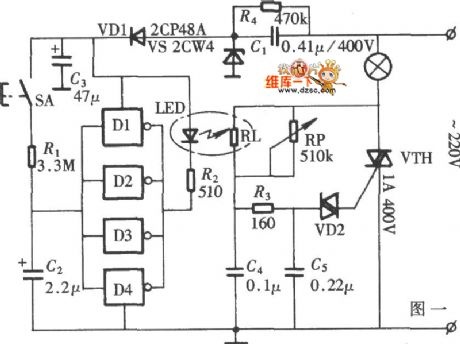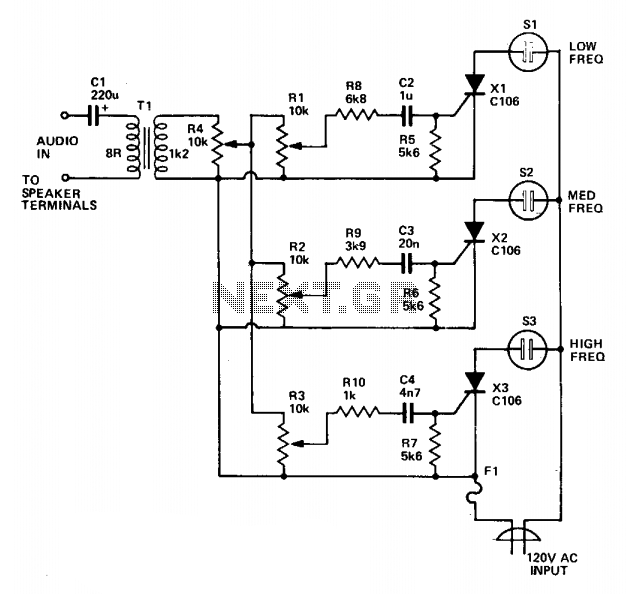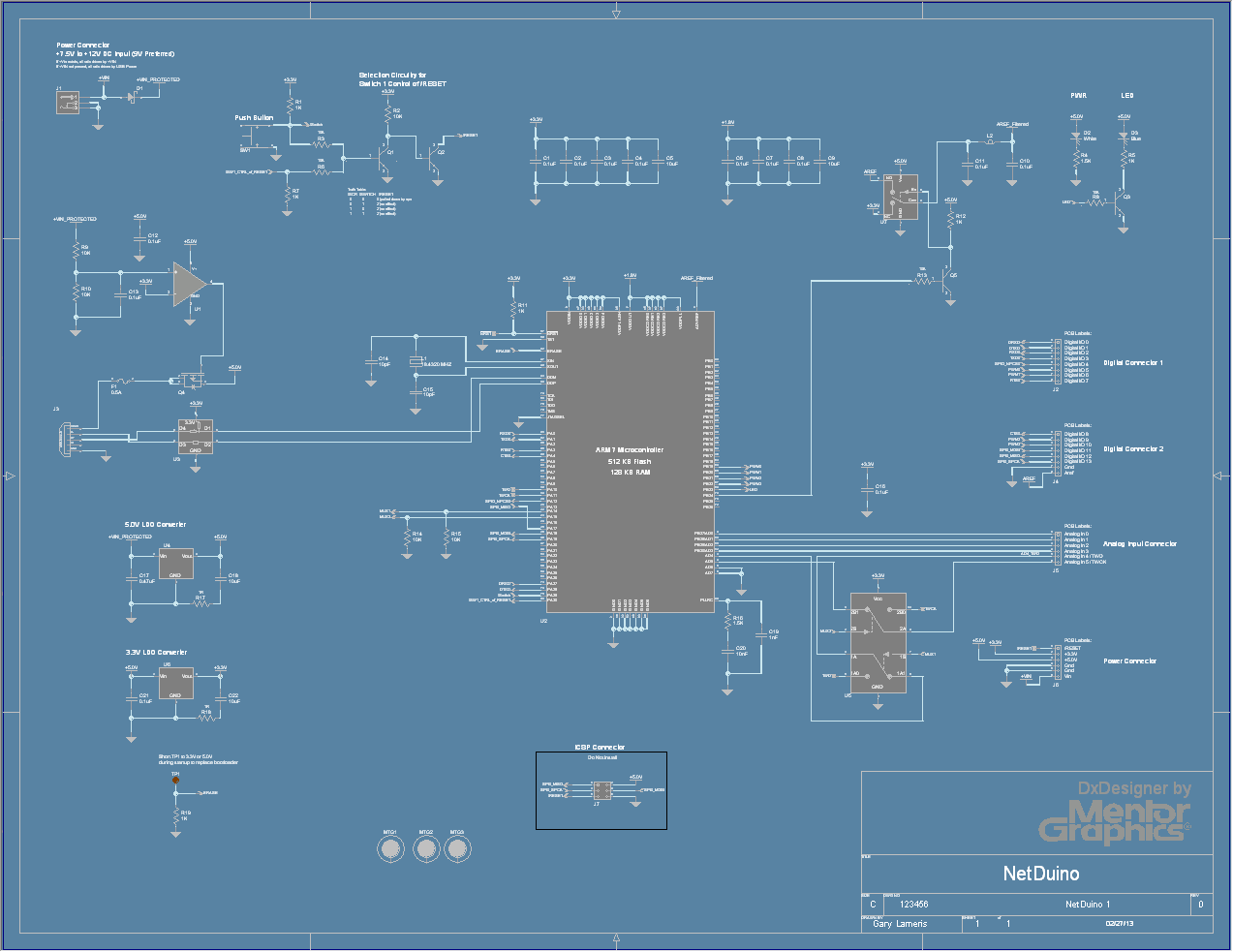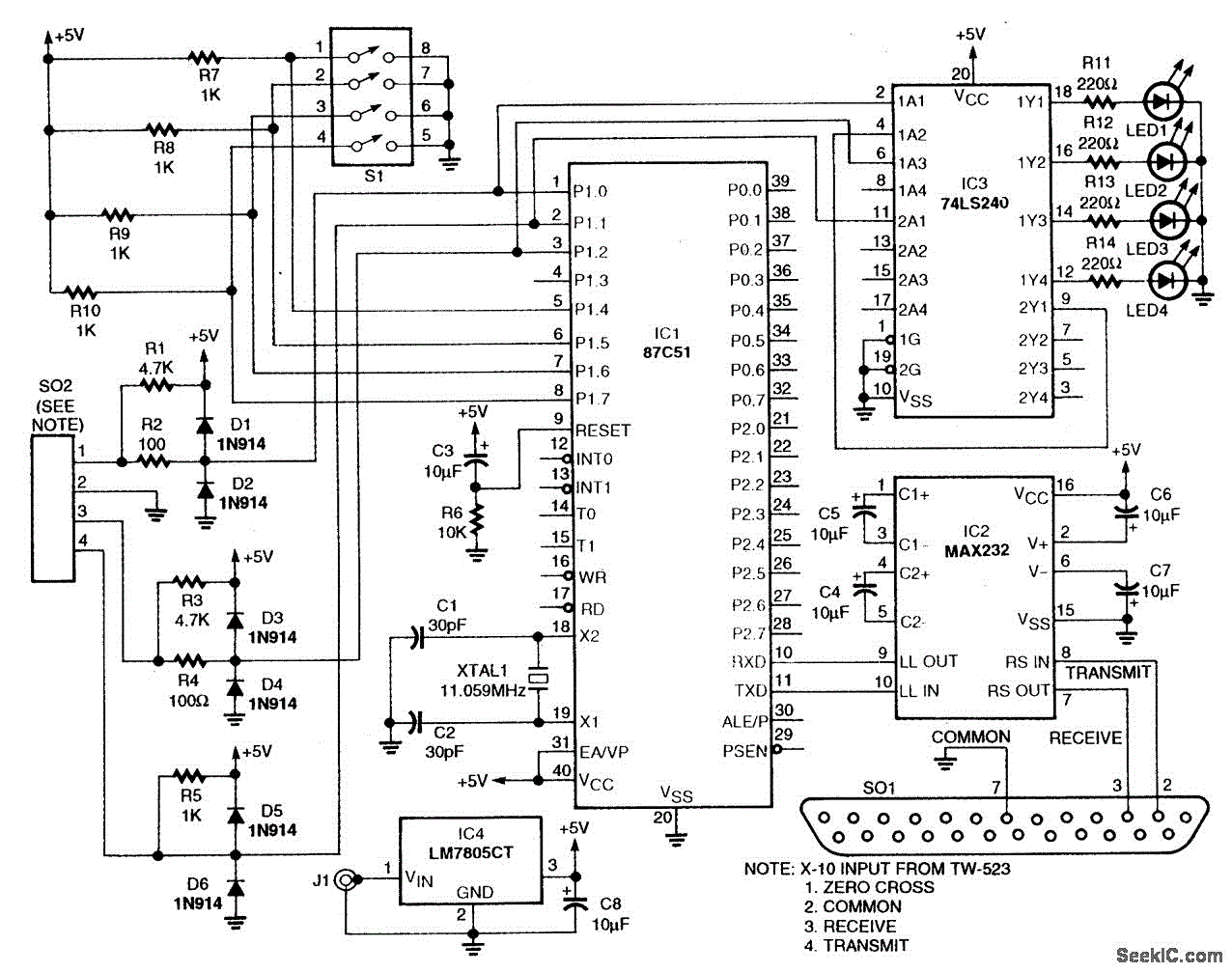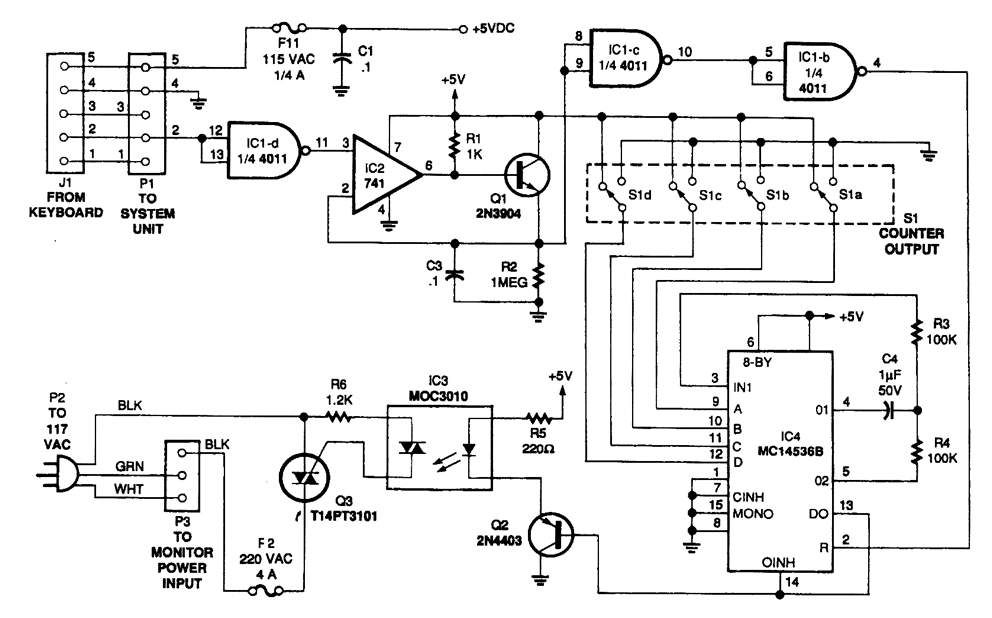
schematic computer arithmetic organ
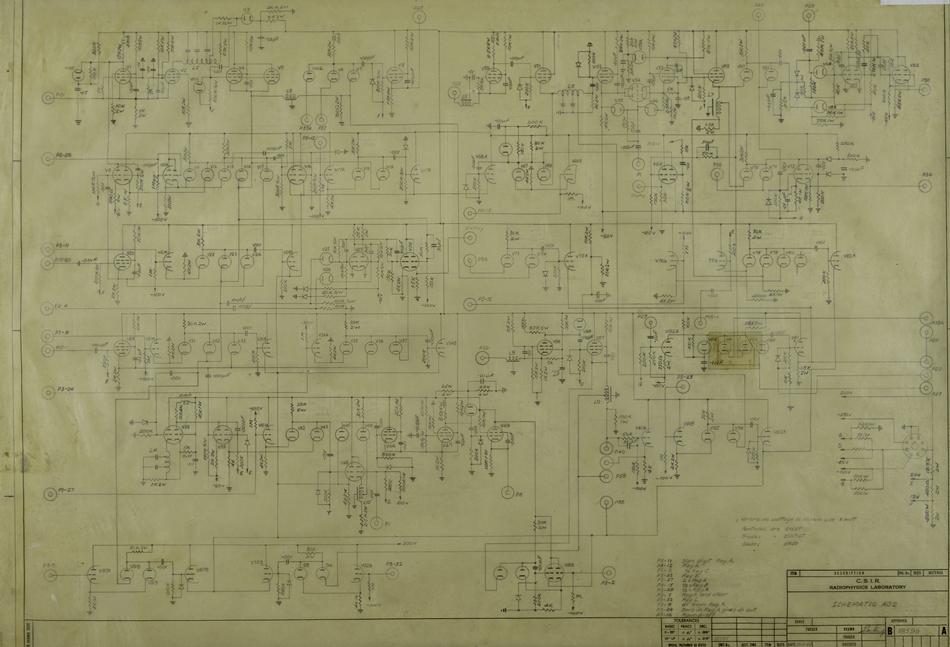
A schematic diagram illustrates the detailed connections between all components in a circuit. These diagrams are utilized for circuit construction and subsequent testing. In the case of CSIRAC, the primary components included vacuum tubes (valves), capacitors, and resistors. Schematic diagrams are also referred to as circuit diagrams.
A schematic diagram serves as a vital tool in the design and analysis of electronic circuits. It provides a visual representation of the electrical connections and functions of various components, allowing engineers and technicians to understand the layout and operation of the circuit easily. The use of standardized symbols for components such as resistors, capacitors, and vacuum tubes ensures clarity and uniformity across different schematics.
In the context of CSIRAC, a pioneering computer developed in the 1940s, the schematic diagram would depict the arrangement and interconnections of its key components. Vacuum tubes functioned as the primary switching elements, facilitating the processing of binary data. Capacitors were employed for filtering and timing applications, while resistors were used to control current flow and voltage levels within the circuit.
The schematic diagram not only aids in the assembly of the circuit but also serves as a reference for troubleshooting and maintenance. By analyzing the diagram, technicians can identify potential issues, such as faulty components or incorrect connections, and implement corrective measures efficiently. Overall, schematic diagrams are an essential part of the electronic engineering process, providing a clear and concise means of documenting and communicating circuit designs.A schematic diagram shows the detailed connections between all the components in a circuit. Such diagrams were used to build circuits and later for testing. For CSIRAC, the most common components were vacuum tubes (valves), capacitors and resistors. Schematic diagrams are also known as circuit diagrams. 🔗 External reference
A schematic diagram serves as a vital tool in the design and analysis of electronic circuits. It provides a visual representation of the electrical connections and functions of various components, allowing engineers and technicians to understand the layout and operation of the circuit easily. The use of standardized symbols for components such as resistors, capacitors, and vacuum tubes ensures clarity and uniformity across different schematics.
In the context of CSIRAC, a pioneering computer developed in the 1940s, the schematic diagram would depict the arrangement and interconnections of its key components. Vacuum tubes functioned as the primary switching elements, facilitating the processing of binary data. Capacitors were employed for filtering and timing applications, while resistors were used to control current flow and voltage levels within the circuit.
The schematic diagram not only aids in the assembly of the circuit but also serves as a reference for troubleshooting and maintenance. By analyzing the diagram, technicians can identify potential issues, such as faulty components or incorrect connections, and implement corrective measures efficiently. Overall, schematic diagrams are an essential part of the electronic engineering process, providing a clear and concise means of documenting and communicating circuit designs.A schematic diagram shows the detailed connections between all the components in a circuit. Such diagrams were used to build circuits and later for testing. For CSIRAC, the most common components were vacuum tubes (valves), capacitors and resistors. Schematic diagrams are also known as circuit diagrams. 🔗 External reference
